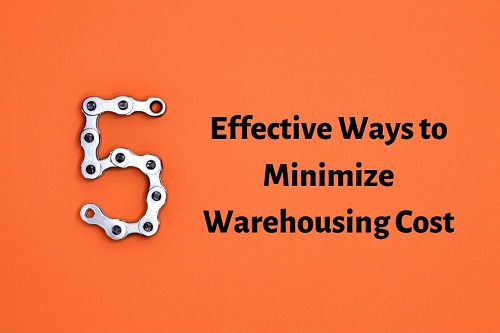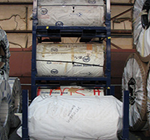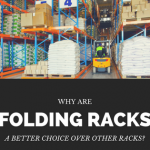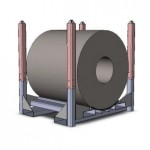Top 5 Essential Tips to Minimize Warehousing Cost
While inventory is an integral part of the manufacturing units, it is essential to ensure that you do not stock up parts in excess. However, it is also essential to get the required part on time, so tracking the inventory is a separate job in itself. Unnecessary piling up of parts in your warehouse can not only damage them but also increase the warehouse maintenance costs. To manage these costs to an affordable minimum, some amount of planning is required. This post shares some factors you should consider to be able to cut down on the unnecessary warehouse cost.

Five Important Tips to Reduce Warehouse Costs and Increase Profit
If you are an OEM or supplier of parts and materials required in the manufacturing sector, you would require a warehouse to stock your inventory. However, maintaining it is easier said than done. If you stock excess parts you may be at loss if they are not required, and their operational life is over on the shelf. On the other hand, it is crucial that you are able to fill the demand and supply gap. That means you have to ensure the required parts are available to avoid production delays and further losses. Aside these, there are many other factors, which add up to the maintenance costs of a warehouse, and which can be easily avoided. Here are some factors which may help you plan your inventory in a better way, save costs and increase profits:
- Optimal Storage and Space Utilization: Forming aisles in your warehouse helps a lot. Make sure you have enough space for the workers to walk around in the aisle and also for any equipment and items to be loaded or unloaded. The quantity and size of items you store should be directly proportional to the warehouse area. So, you need to prioritize the most used or required items and stock them first. Make sure the aisle arrangement facilitates easy navigation of an item directly from the shelf onto the truck. Another important factor is the quality of racks and storage units and their weight-bearing capacity. Do not overload the racks. They may cause damages and pose safety issues to the workers, adding to the warehouse costs. Also, maintain a standard order of storing items so that they are easy to locate, and procure.
- Used Pallets, Containers, and Storage Racks: Whenever and wherever possible, buy good-quality but used pallets and containers. These may include trays, bins, wire baskets, and so on. This will save a lot on the total warehousing cost.
- Investing in Technology: Automation to some extent has become essential for a number of reasons. Protecting your items from theft and damage is crucial. RFID tagging of all the items is an effective solution. Similarly, automating the lighting system in your warehouse can reduce your energy bills and subsequently the warehousing costs. Using occupancy sensors helps switch on the lights only when needed. Also, you can adjust the luminosity in certain areas of the warehouse where it happens to be dark. Invest in an online warehouse management system. All this will save on delays, energy bills, and labor costs.
- Reorganizing Items Based on the Market Trends: For this, you need to know the sales pattern for the week or month. You can stock the items needed in the front. This offers two advantages — avoiding delays due to searching of items and periodical cleaning and reorganizing of the warehouse.
- Cross Training Employees: Underpaying your employees is a totally bad idea, and allowing employees to sit idle is a burden as well. So, having a limited number of experienced employees and cross training them is a good option. They also get to learn the other functions of a warehouse. For instance, you can train the packaging workers on how to load and unload materials from the ship or truck or train them on effectively using certain equipment and forklifts. Additionally, training the employees on the technology incorporated at the warehouse is just as crucial.
Most industrial units require warehouses; however, the requirement and budget of each unit varies. After sorting out your requirements, your warehousing costs will decrease, and you will certainly have lots of scope for savings and profit. However, to store the inventory in the most organized way, you need good quality pallets and racks. Additionally, it is crucial that you get them from a recognized manufacturer using high-quality steel and other materials. SPS Ideal Solutions is one of the leading providers of shipping and material handling solutions.
About The Author










